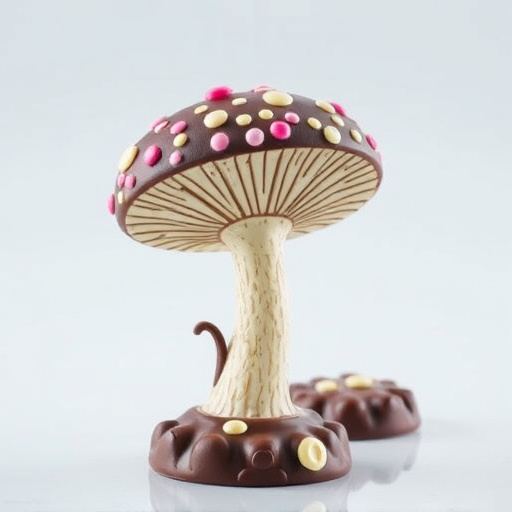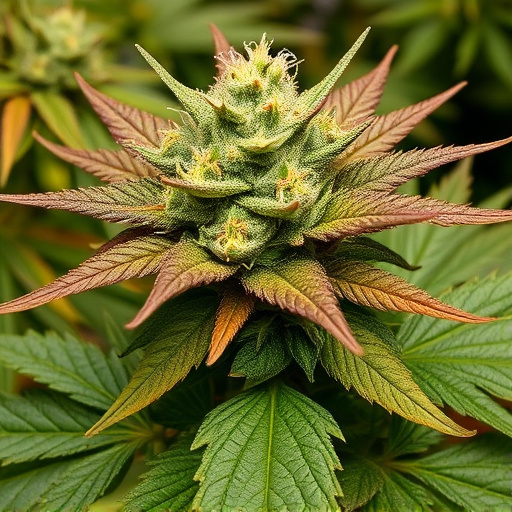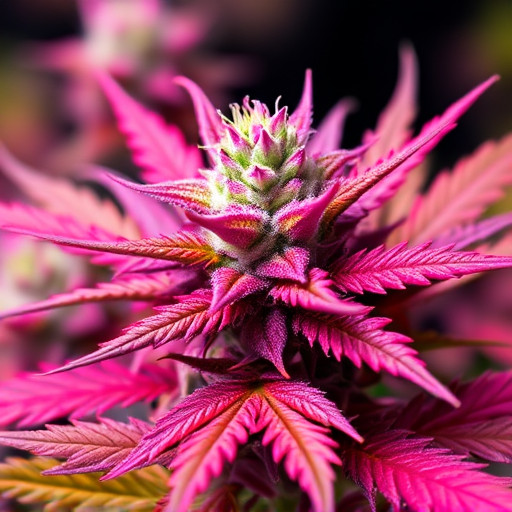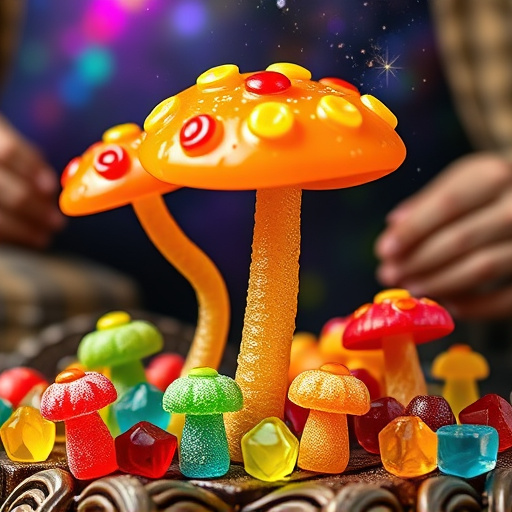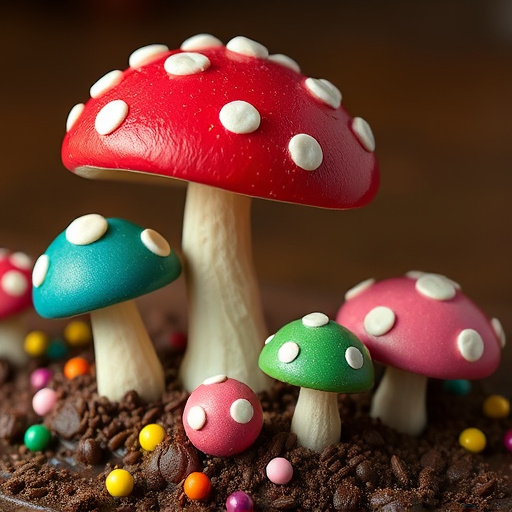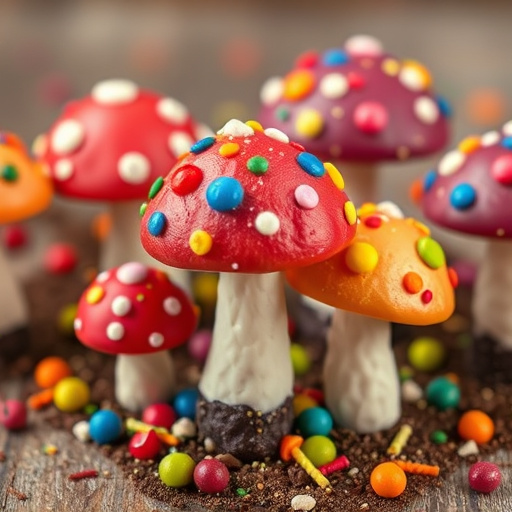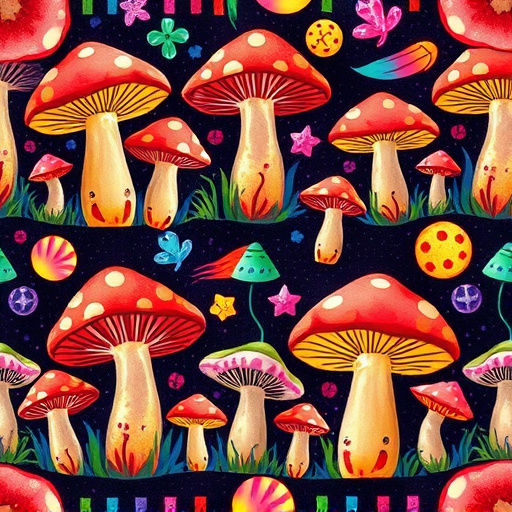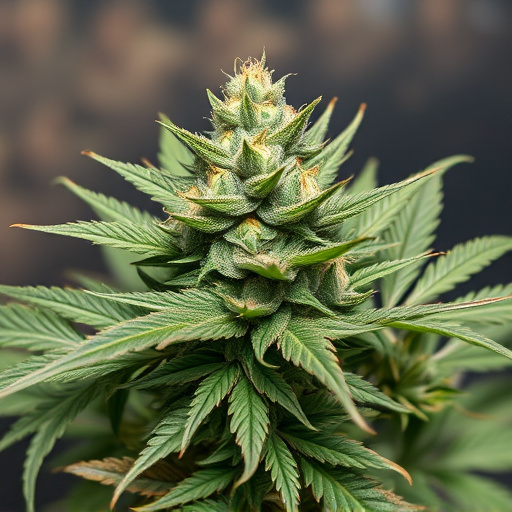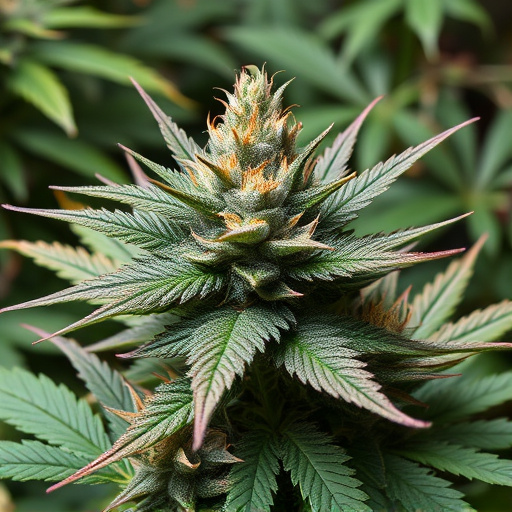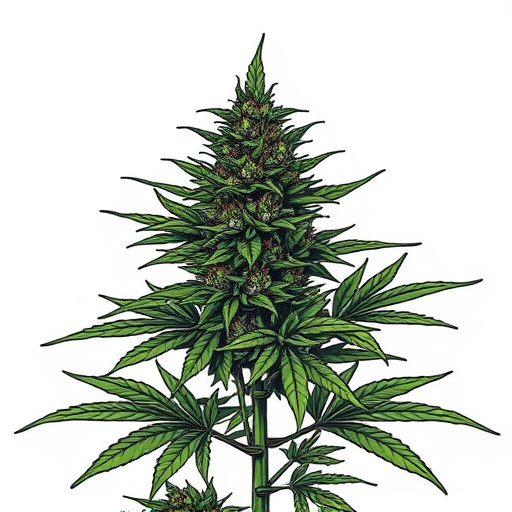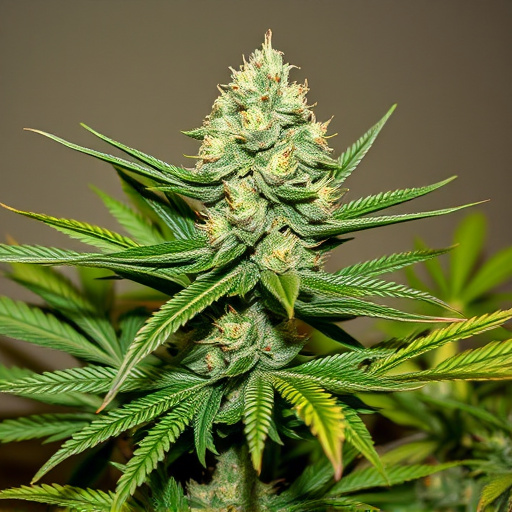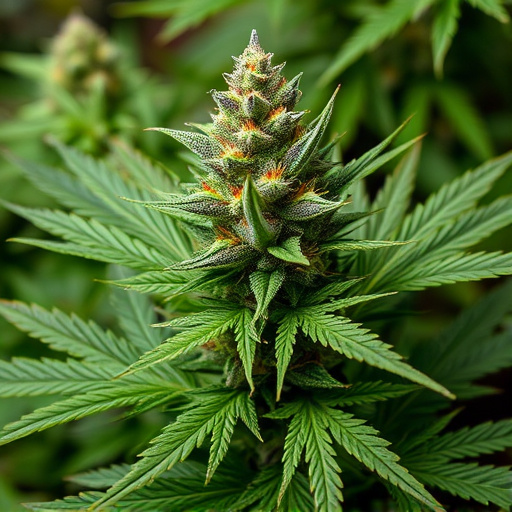Sun-Grown vs. Indoor Cannabis Cultivation: Old School vs. Modern Techniques. Traditional outdoor cultivation, favored for its classic appeal, offers robust plants with natural flavors and higher terpene content but faces inconsistent yields due to weather. Indoor farming provides controlled environments, consistent quality, and year-round production, yet may limit natural diversity. Old school strains retain unique characteristics adapted to local conditions, while modern indoor techniques cater to diverse consumer preferences through advanced technologies.
In the ever-evolving cannabis landscape, understanding the nuances of sun-grown versus indoor cultivation is paramount for cultivators and consumers alike. This article explores two distinct approaches to cannabis production, delving into the pros and cons of both methods. From the traditional charm of sun-grown cannabis to the advanced techniques of indoor cultivation, we analyze how these methods impact strain characteristics, quality, and availability, shedding light on the preferences and possibilities for modern cannabis enthusiasts, including a comprehensive look at old school cannabis strains.
- Sun-Grown Cannabis: The Traditional Approach
- Indoor Cannabis Cultivation: Modern Techniques and Benefits
- Comparing Old School Strains vs. Modern Indoor Cultivations: A Comprehensive Look at Pros and Cons
Sun-Grown Cannabis: The Traditional Approach
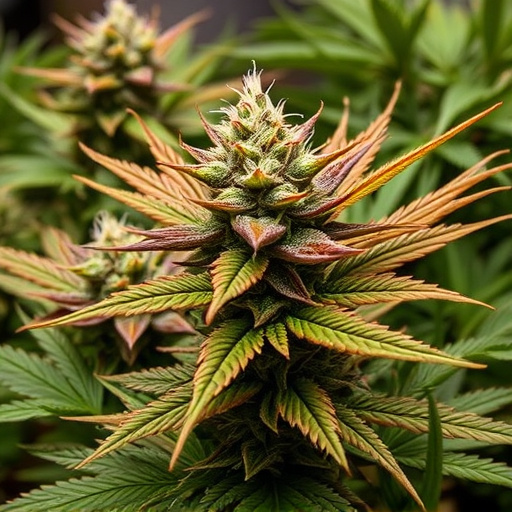
Sun-Grown Cannabis, often referred to as the traditional approach, involves cultivating plants outdoors, relying on natural sunlight and environmental conditions. This method has been used for centuries and is particularly favored by enthusiasts who appreciate old school cannabis strains. These plants tend to develop robust, dense structures with sticky resin, reflecting their adaptation to outdoor environments. The benefits include a more natural flavor profile, higher terpene content, and often better resistance to pests and diseases. Growers can also expect lower production costs, as there’s no need for elaborate indoor setups or artificial lighting. However, sun-grown cannabis is at the mercy of the weather, which can lead to unpredictable yields and inconsistent quality.
Indoor Cannabis Cultivation: Modern Techniques and Benefits
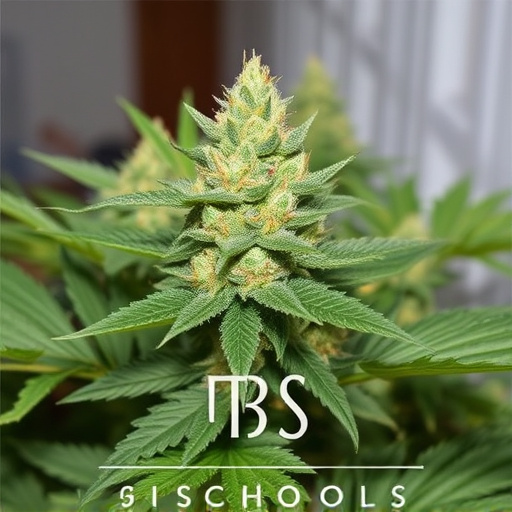
The evolution of cannabis cultivation has seen a marked shift from traditional, old school cannabis strains grown in outdoor settings to more sophisticated indoor farming techniques. Indoor cannabis cultivation offers a controlled environment, allowing cultivators to meticulously regulate various factors such as light, temperature, humidity, and nutrient delivery. This precision cultivation enables the production of high-quality, potent plants with consistent characteristics.
Modern indoor cannabis farms employ advanced technologies like LED lighting systems that mimic the sun’s spectrum, ensuring optimal growth and reducing energy consumption. Automated climate control systems maintain ideal conditions year-round, while advanced irrigation and nutrient delivery mechanisms foster robust plant development. These techniques not only enhance yield but also contribute to a wider variety of strains, catering to diverse consumer preferences for specific terpene profiles and effects associated with old school cannabis strains.
Comparing Old School Strains vs. Modern Indoor Cultivations: A Comprehensive Look at Pros and Cons
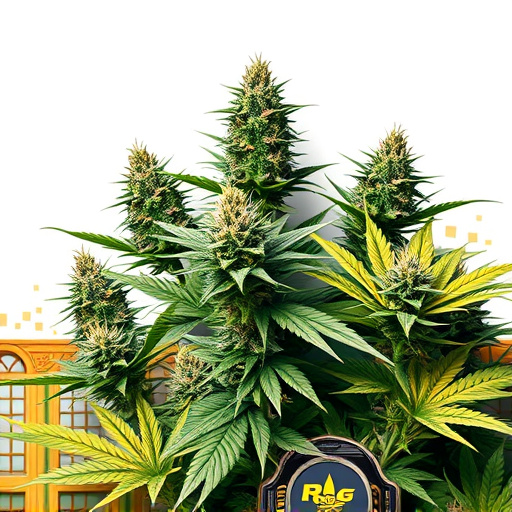
When comparing old school cannabis strains grown in natural sunlight versus modern indoor cultivations, several key differences and advantages emerge. Old school varieties, cultivated for decades using traditional methods, often boast unique terpene profiles and robust genetic heritage. These plants adapt to their local environments, resulting in distinct flavors and effects that have made them beloved by many long-time users. However, outdoor cultivation is more susceptible to variable weather conditions, leading to inconsistent yields and potential risks from pests and diseases.
In contrast, modern indoor cultivations offer precise control over environmental factors such as temperature, humidity, and light spectrum. This allows for year-round production and the ability to optimize growing conditions for specific strains. Indoor cultivation often results in higher yields per square foot compared to outdoor plots. However, these controlled environments may limit the natural diversity and complexity found in old school strains. Additionally, indoor farming relies heavily on artificial inputs, including lighting and nutrients, which can raise concerns among consumers who prefer more natural growing methods.
In the ever-evolving cannabis industry, both sun-grown and indoor cultivation methods offer unique advantages. Sun-grown cannabis represents a traditional approach, allowing plants to flourish naturally under the sun, resulting in robust, potent strains with distinct flavour profiles. On the other hand, indoor cultivation leverages modern techniques for precise control over environmental factors, leading to year-round accessibility, consistent quality, and the ability to produce diverse, high-end old school cannabis strains with enhanced terpene profiles. Ultimately, the choice between sun-grown and indoor cannabis depends on individual preferences, market demands, and the specific benefits sought by cultivators and consumers alike.
